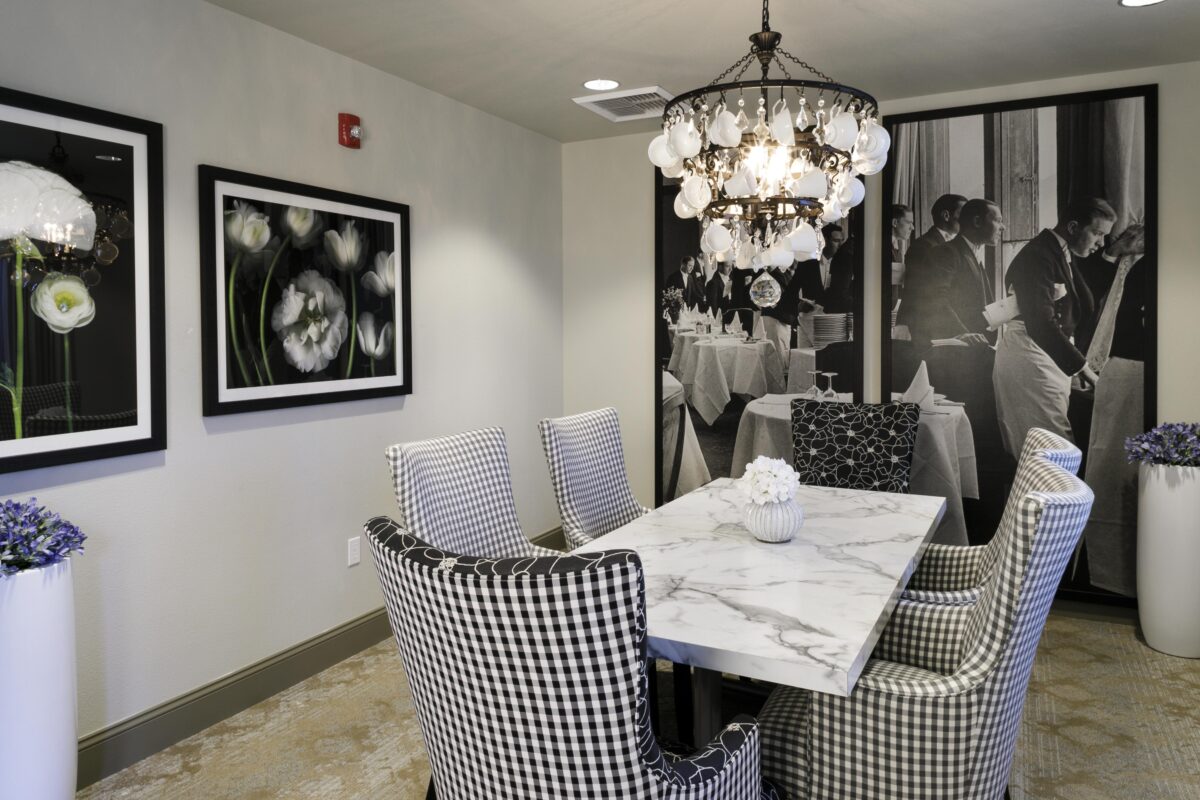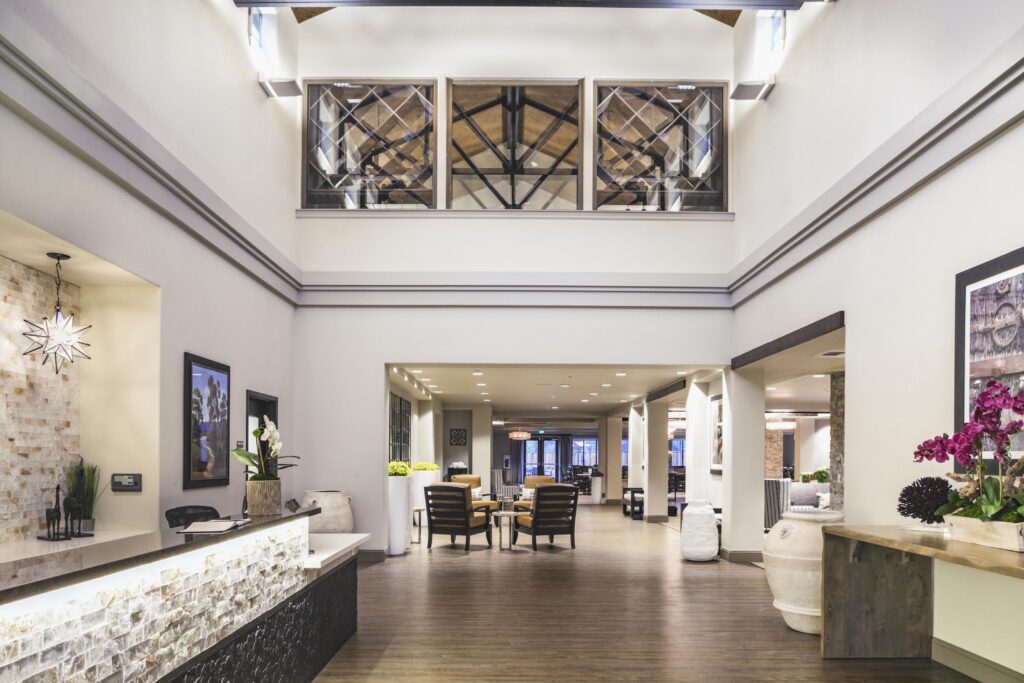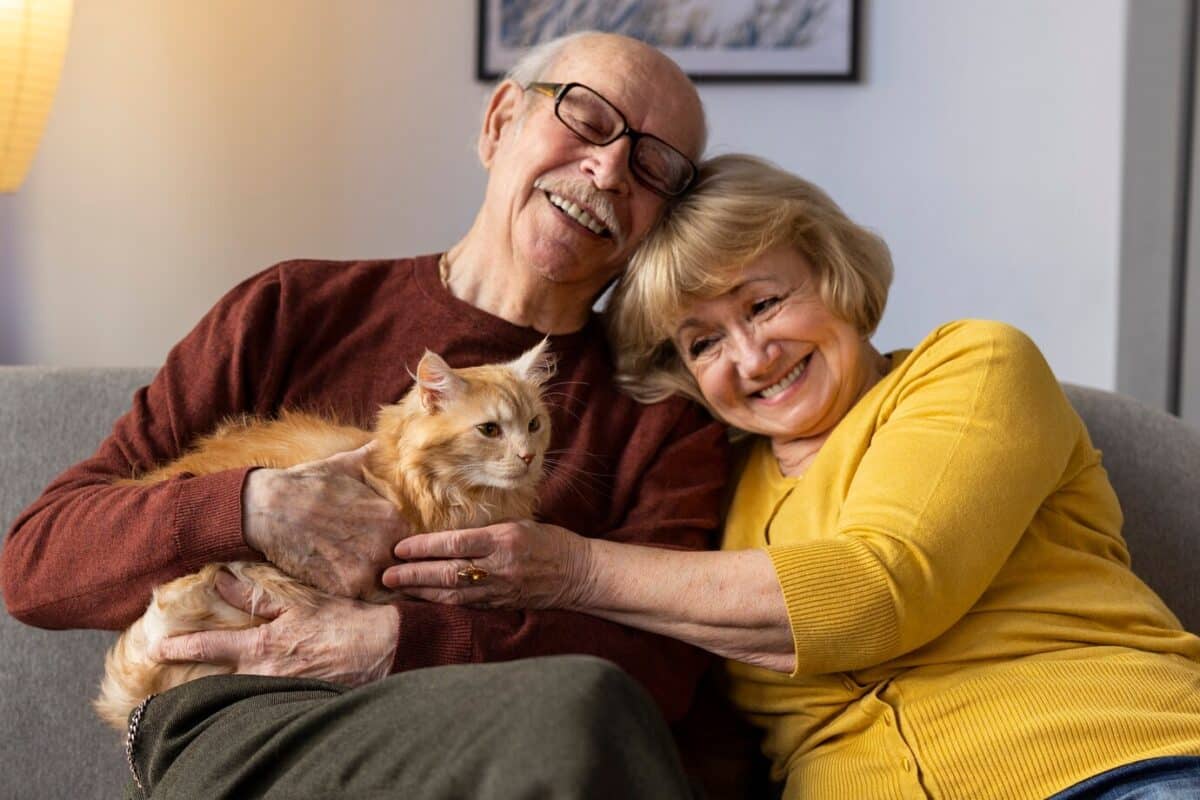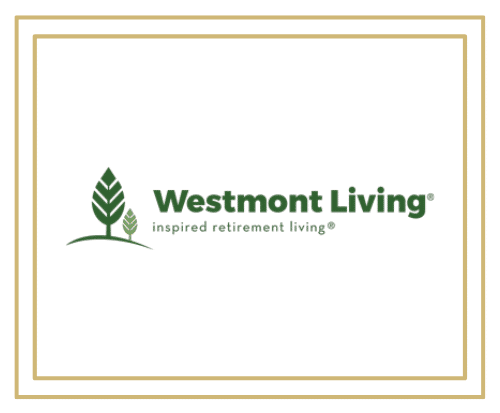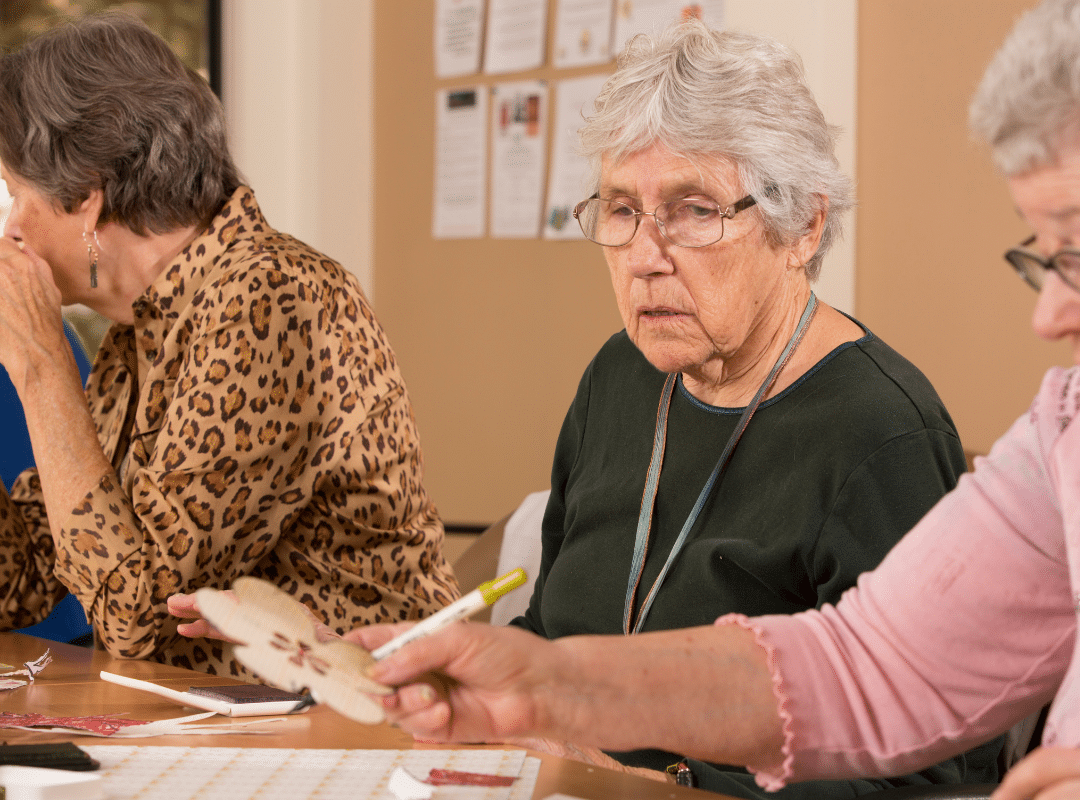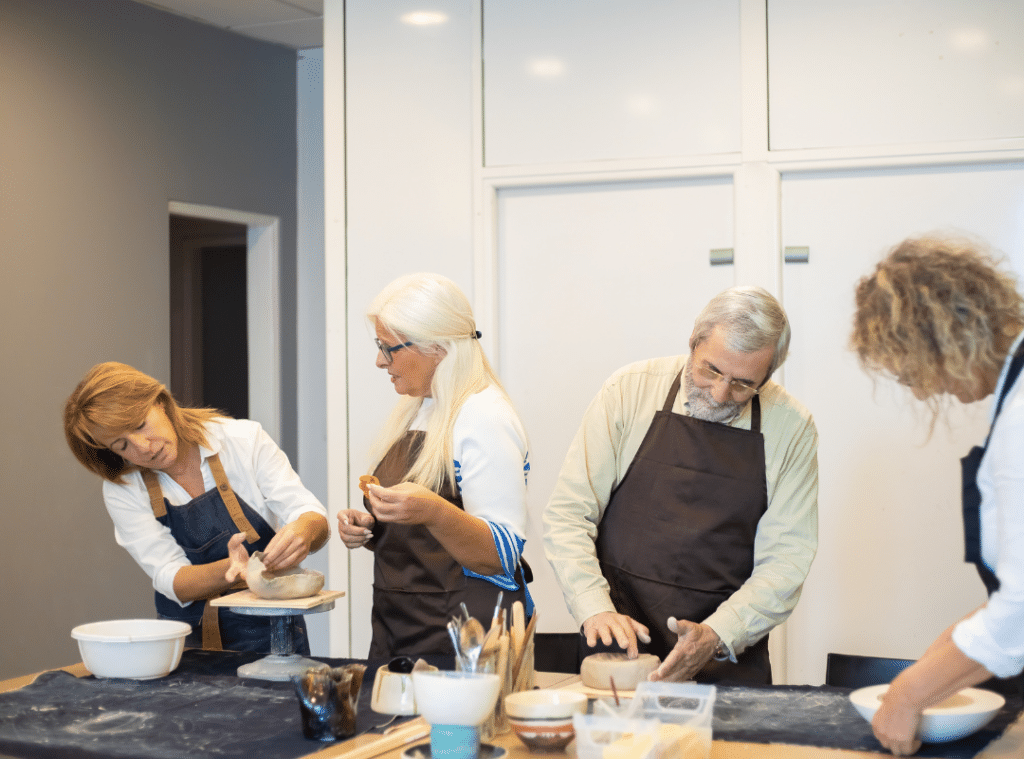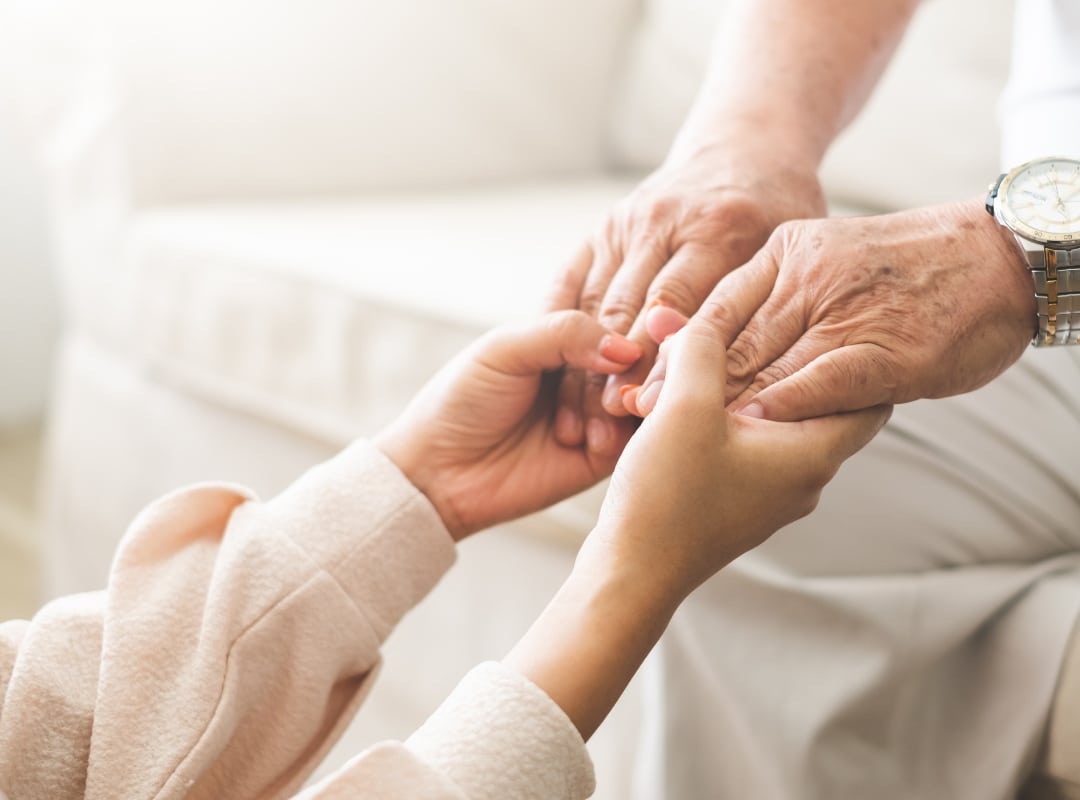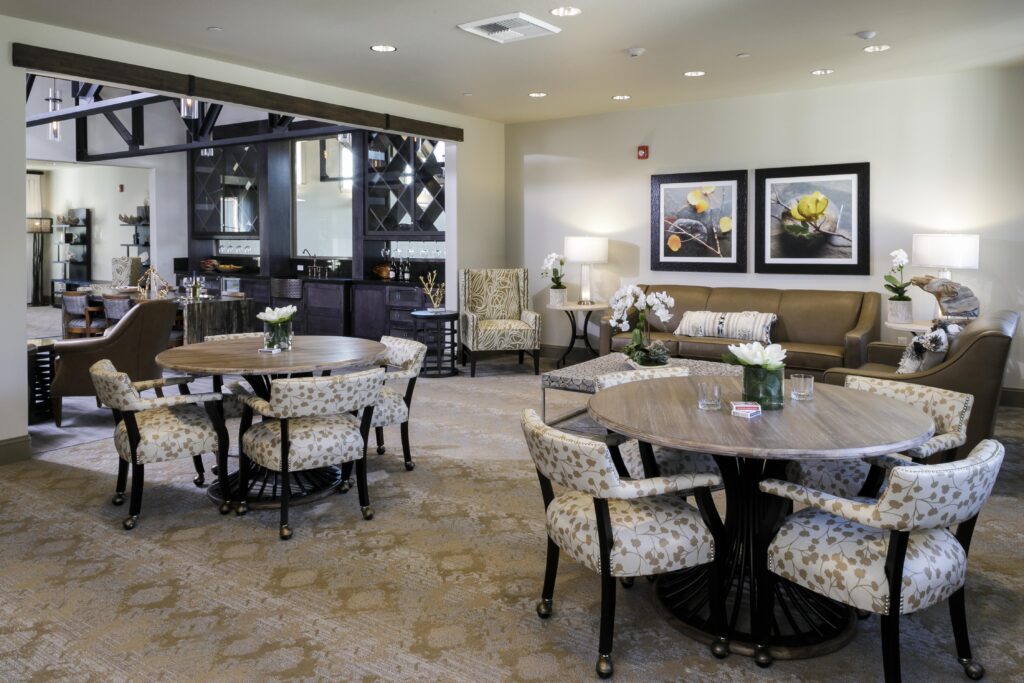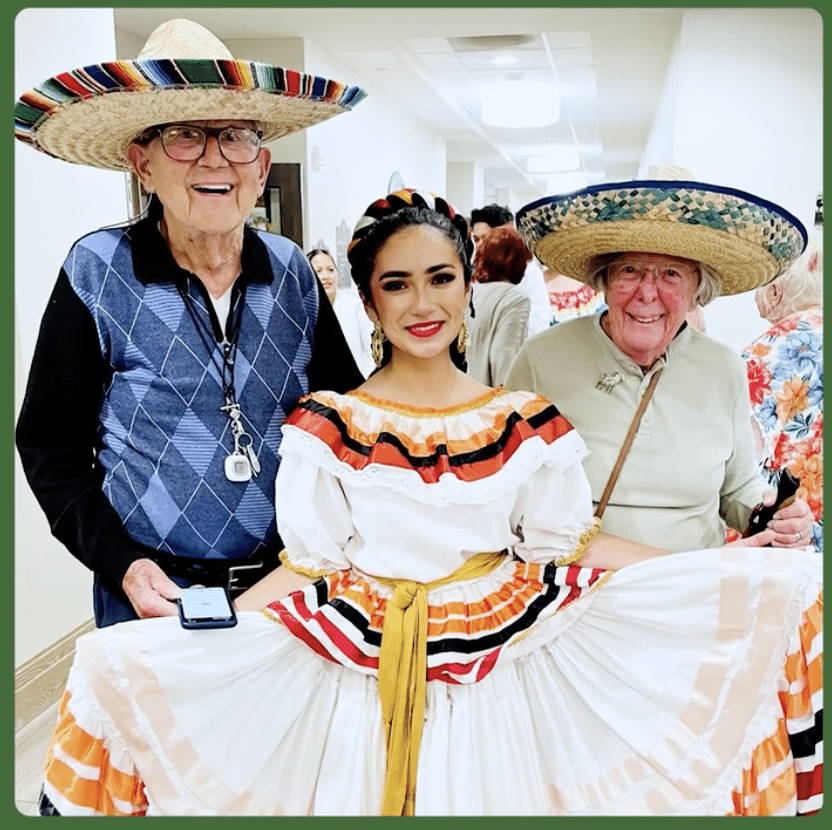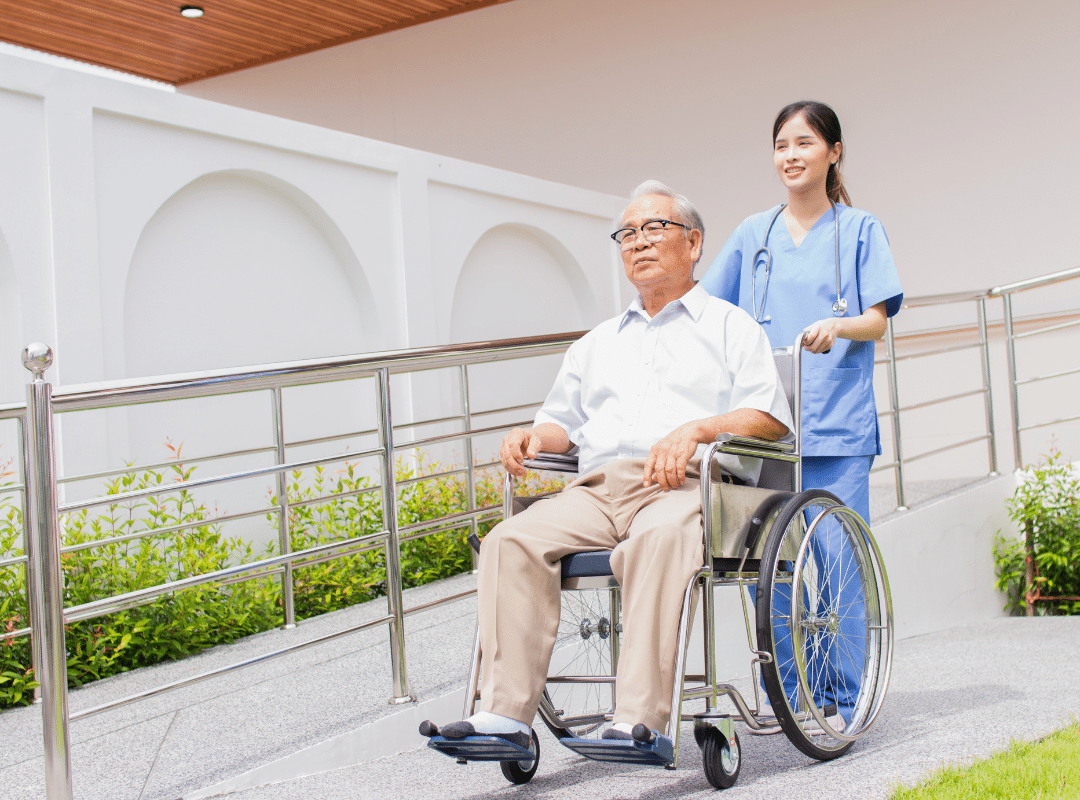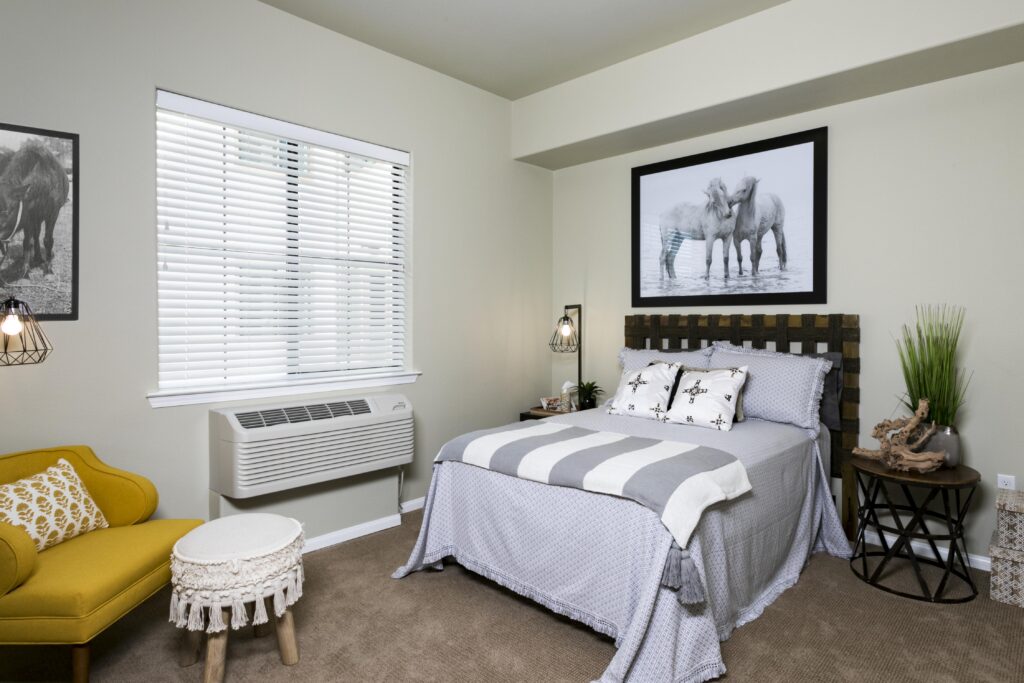Senior Exercise Class: Fun Workouts for Healthy Aging
Senior Exercise Class: Stay Active and Healthy at Any Age
Staying active is crucial for maintaining overall health, and senior exercise classes near you provide engaging ways to enhance fitness while fostering social connections. At The Oaks at Nipomo, our senior exercise class options cater to different abilities, ensuring a welcoming environment for everyone. Whether you’re interested in senior exercise classes near you for beginners or looking for more advanced activities, our programs offer something for all fitness levels. Explore the benefits of staying active and how these classes can boost physical and mental well-being.
The Benefits of Senior Exercise Classes
Regularly participating in a senior exercise class promotes flexibility, balance, and overall well-being. Engaging in these workouts helps improve mobility and reduces the risk of falls. For those searching for free exercise classes for seniors, various online and in-person options ensure accessibility to safe and effective fitness programs. Whether it’s chair yoga, water aerobics, or strength training, staying active enhances independence and quality of life. Fitness programs tailored for seniors offer structured routines that accommodate different needs and abilities.
Types of Senior Exercise Classes
There are various ways to stay active, and finding the right senior exercise classes near you can make all the difference. Options like chair yoga help improve flexibility, while water aerobics provide a low-impact way to build strength and endurance. Free online senior exercise classes make it convenient for seniors to stay active from the comfort of their homes. Dancing, tai chi, and guided stretching sessions also contribute to maintaining balance and mobility. Participating in walking routines can further enhance cardiovascular health.
Building Strength and Flexibility for Longevity
Regular participation in over 55 exercise classes near you helps maintain muscle strength, reducing the risk of injuries and improving day-to-day functionality. Incorporating balance and flexibility exercises supports joint health and promotes confidence in movement. Activities like resistance training and pilates benefit bone density and coordination. Mobility exercises enhance the range of motion and prevent stiffness, ensuring a more active and fulfilling lifestyle.
Social Benefits of Group Exercise Classes
Finding senior women’s exercise classes near you offers fitness benefits and social engagement. Group exercise fosters friendships and a sense of belonging, which enhances motivation and accountability. Participating in these classes helps build connections that contribute to emotional well-being. Whether you’re trying a new fitness routine or joining a long-standing class, the camaraderie within these sessions creates an uplifting and supportive environment. Engaging in community-based activities promotes long-term participation and a positive mindset.
Personalized Fitness Plans for Every Ability
Not all seniors have the same fitness level, so adapting workouts is essential. Senior exercise classes near you for beginners provide gentle options, while more advanced programs cater to those with experience. Tailored routines ensure everyone can participate safely and effectively. Personal training or small group sessions help create structured exercise plans that meet individual needs. Focusing on progression and adaptability ensures lasting results and continued motivation to stay active.

Enhancing Mental Wellness Through Exercise
In addition to physical health, senior exercise class participation positively impacts mental wellness. Exercise reduces stress, improves cognitive function, and helps combat feelings of isolation. Mindfulness practices such as breathing exercises and yoga enhance focus and relaxation. Creating a routine that integrates both physical and mental well-being allows seniors to experience the full benefits of movement.
Stay Motivated and Committed to Fitness
Maintaining a regular workout routine is easier when classes are enjoyable and engaging. Setting goals and tracking progress encourages consistency. Free exercise classes for seniors provide accessible options that eliminate financial barriers to staying active. Whether attending group sessions or following online classes, finding enjoyable workouts ensures a long-term commitment to a healthy lifestyle.
Explore Senior Exercise Classes at The Oaks at Nipomo
Discover the joy of staying active with senior exercise classes near you at The Oaks at Nipomo. Whether you’re looking for senior exercise classes near you for beginners or advanced training, our diverse programs cater to all levels. Start your journey toward improved strength, flexibility, and overall wellness today. For more details, call (805) 723-5206 and find the perfect senior exercise class.
Frequently Asked Questions
What is the best exercise class for seniors?
The best exercise class for seniors depends on their fitness level, mobility, and personal preferences. Low-impact options like chair yoga, water aerobics, and tai chi are excellent for improving flexibility, balance, and strength while reducing the risk of injury. Strength training classes with light weights or resistance bands can help maintain muscle mass and bone health. Many seniors also enjoy dance-based classes like Zumba Gold, which provide cardiovascular benefits in a fun and engaging way. Consulting with a doctor or fitness instructor can help determine the best class for individual needs.
What is the best exercise routine for seniors?
A well-rounded exercise routine for seniors should include a mix of cardiovascular, strength, flexibility, and balance exercises. Walking, swimming, or cycling are great for heart health and endurance. Strength training with light weights or bodyweight exercises helps maintain muscle mass and bone strength. Stretching and flexibility exercises, such as yoga or tai chi, improve mobility and reduce stiffness. Balance exercises, like standing on one leg or heel-to-toe walking, help prevent falls and maintain stability.
Does Medicare pay for exercise equipment for seniors?
Medicare generally does not cover exercise equipment, such as treadmills, weights, or resistance bands. However, some Medicare Advantage (Part C) plans may offer wellness benefits, including gym memberships or fitness programs like SilverSneakers. In some instances, if exercise equipment is deemed medically necessary, Medicare Part B might cover durable medical equipment (DME), such as canes or walkers. Seniors should check with their specific Medicare plan to see available benefits. Some supplemental insurance plans or local senior centers may also provide fitness-related resources.
What exercise burns the most belly fat for seniors?
No single exercise specifically targets belly fat, but a combination of cardiovascular activity and strength training helps reduce overall body fat, including in the abdominal area. Walking, swimming, and cycling are practical low-impact cardio exercises that boost metabolism and burn calories. Strength training, particularly core-focused exercises like seated leg lifts or standing knee raises, helps tone abdominal muscles. Combining these exercises with a healthy diet and staying active throughout the day can lead to the best results. Consistency and a balanced approach to fitness are key to reducing belly fat over time.




